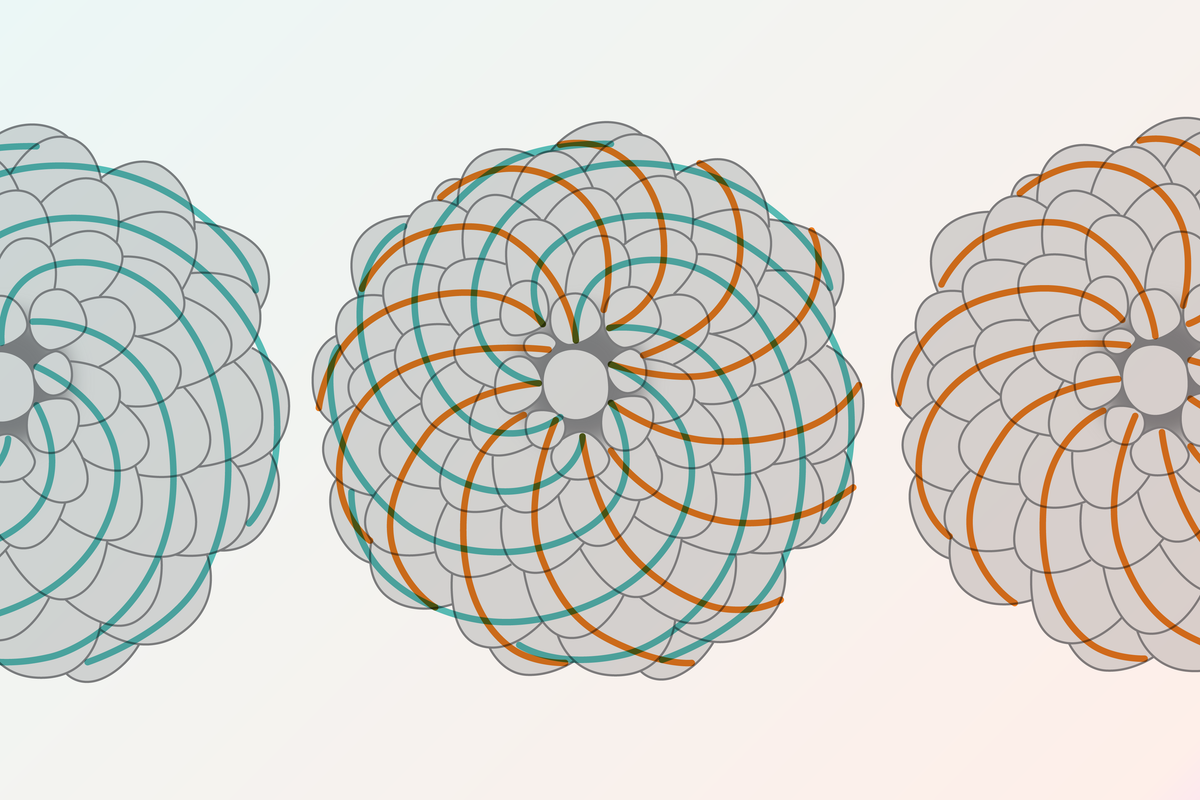Now Reading: Starlink and Astronomers Clash Over Light Pollution Concerns
-
01
Starlink and Astronomers Clash Over Light Pollution Concerns
Starlink and Astronomers Clash Over Light Pollution Concerns

Fast Summary:
- Astronomers are increasingly concerned about satellite streaks disrupting space observation, especially impacting advanced observatories like the Vera C. Rubin Observatory.
- Satellite constellations, led by SpaceX’s Starlink, now comprise over half of Earth’s 13,000 orbiting spacecraft. Proposals for over a million additional satellites globally are pending.
- Efforts to mitigate optical interference have included technical adjustments by companies like SpaceX,such as using dark materials and angular reflection techniques in satellite design.
- Lower-altitude orbits provide partial relief to astronomers by reducing interference but create operational challenges due to increased atmospheric drag and accelerated orbital decay for satellites.
- The International astronomical Union (IAU) Center is advocating for reduced optical and radio interference but faces scalability issues in collaborating individually with numerous operators worldwide.
- The U.S. National Science Foundation (NSF) has brokered agreements with select satellite firms like Starlink and OneWeb to limit interruptions to observatories’ research activities.
- International cooperation remains limited; entities such as the United Nations COPUOS suggest encouragement rather than enforceable global policies on mitigating interference effects.
Indian Opinion Analysis:
The growing tension between astronomical research and the proliferation of satellite constellations raises broader concerns about balancing scientific progress with economic development goals in space technology. For india-home to significant astronomical projects such as ISRO-led missions and ground-based observatories-it underscores an urgent need for active participation in global standard-setting discussions around responsible satellite deployment. Additionally, fostering collaboration between Indian scientists, policymakers, and private players could help minimize disruptions while advancing India’s capabilities in telecommunications through its own enterprising satellite projects under initiatives like Gaganyaan or regional systems such as GSAT series.India’s position as both a rapidly developing economy with increasing reliance on space technologies-and a custodian of critically importent astronomical assets-makes balanced domestic policies critical in safeguarding opportunities for scientific discoveries while supporting innovation hubs focused on connectivity solutions essential for rural empowerment.Read More
























